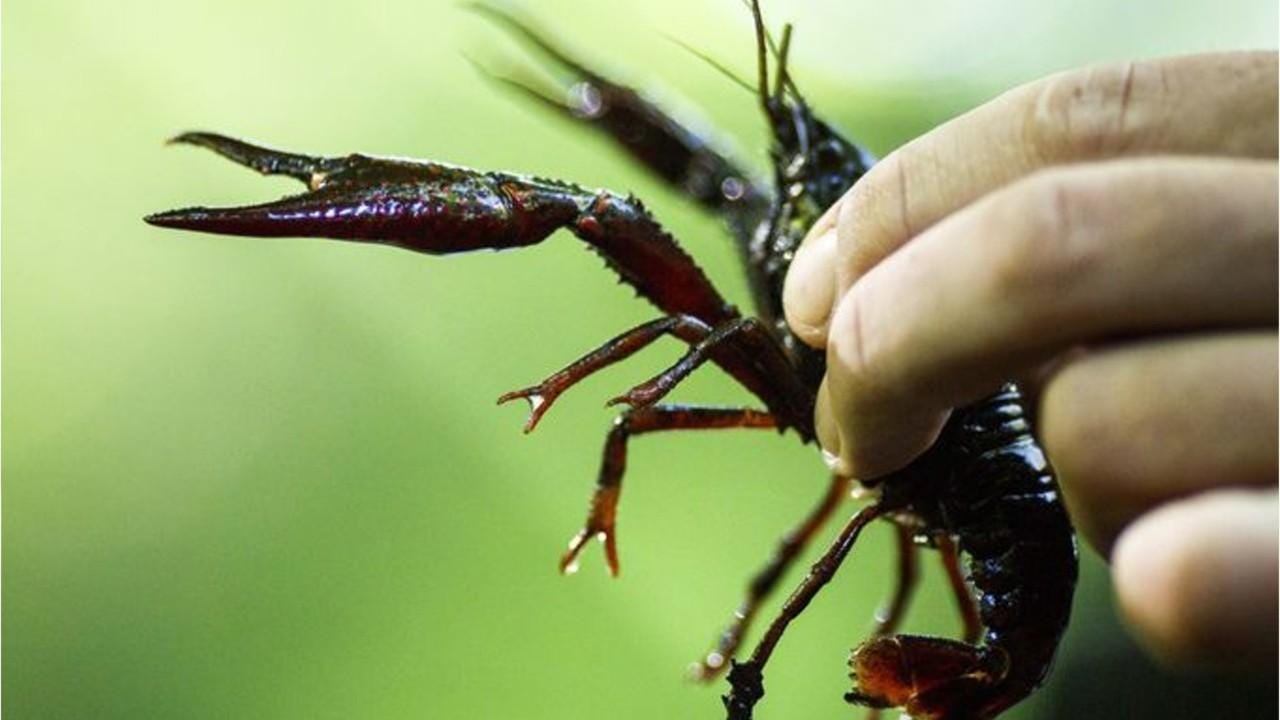

Their ability to alter invaded communities as well as introduce new diseases could have significant negative effects on the habitats they invade. This means new lakes and streams as well as new continents. The results of numerous studies strongly suggest that freshwater decapods should not be introduced into new habitats. A better understanding of the diseases that affect freshwater decapods is needed. Other introduced decapods may also transmit new diseases to new habitats which have the potential to decimate local populations of native decapods. This fungus is not the only disease potentially transmitted by introduced crayfish and it may not be the only pathogen to cause dramatic crayfish declines. Aphanomyces astaci does not appear to harm North American crayfish species, but is lethal to a number of native Eurasian crayfish, and appears to be responsible for the elimination of native Eurasian crayfish from much of their range. The introduction of North American crayfish also resulted in the unintentional introduction of a fungus-like organism ( Aphanomyces astaci) to Eurasian freshwater systems. As a result, this species could affect invertebrate and fish distributions to a greater extent than native crayfish. lenisculus can have a greater impact on aquatic macrophyte abundance than native crayfish, i.e., it can have a greater effect on habitat structure than native species. These introduced crayfish often have different effects on invaded communities than native crayfish species have. North American crayfish (e.g., Procambarus clarkii, Pacifastacus lenisculus, Orconectes limosus) have been introduced into Eurasia. Some native crayfish species appear to be out-competed by the rusty crayfish others appear to decline through the process of introgression where native crayfish species preferentially mate with the related, introduced rusty crayfish. It also appears to displace native crayfish species. Rusty crayfish can reduce the abundance of aquatic plants in invaded lakes, which indirectly affects various invertebrates and fish. In North America, the rusty crayfish ( Orconectes rusticus) has been introduced into lakes and streams outside its native range, most likely as a result of its use as bait. For these and other reasons a number of decapod species have been introduced into new habitats or even to new continents, often with disastrous consequences. Creed, in Encyclopedia of Inland Waters, 2009 Effects of Introduced Decapods


 0 kommentar(er)
0 kommentar(er)
